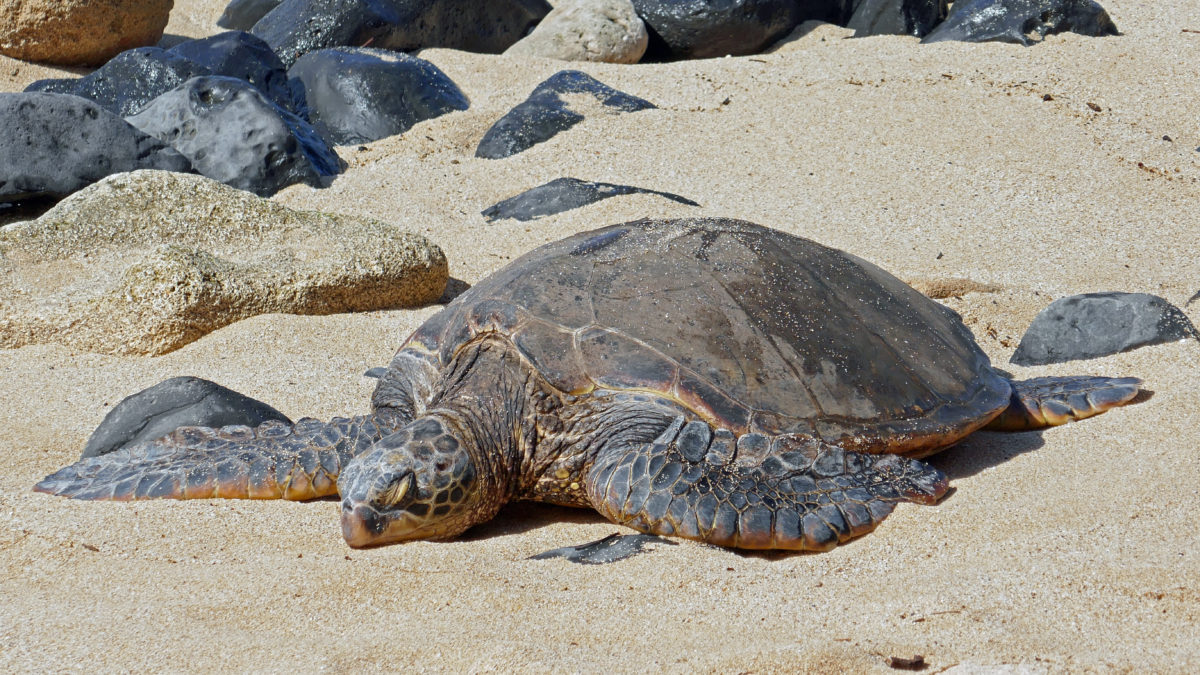by Alan K. Lee
Maui and the other Hawaiian Islands have so many attractions that it’s hard to list them all. Suffice it to say that there is something for everyone on the island of Maui, no matter where your interests lie.
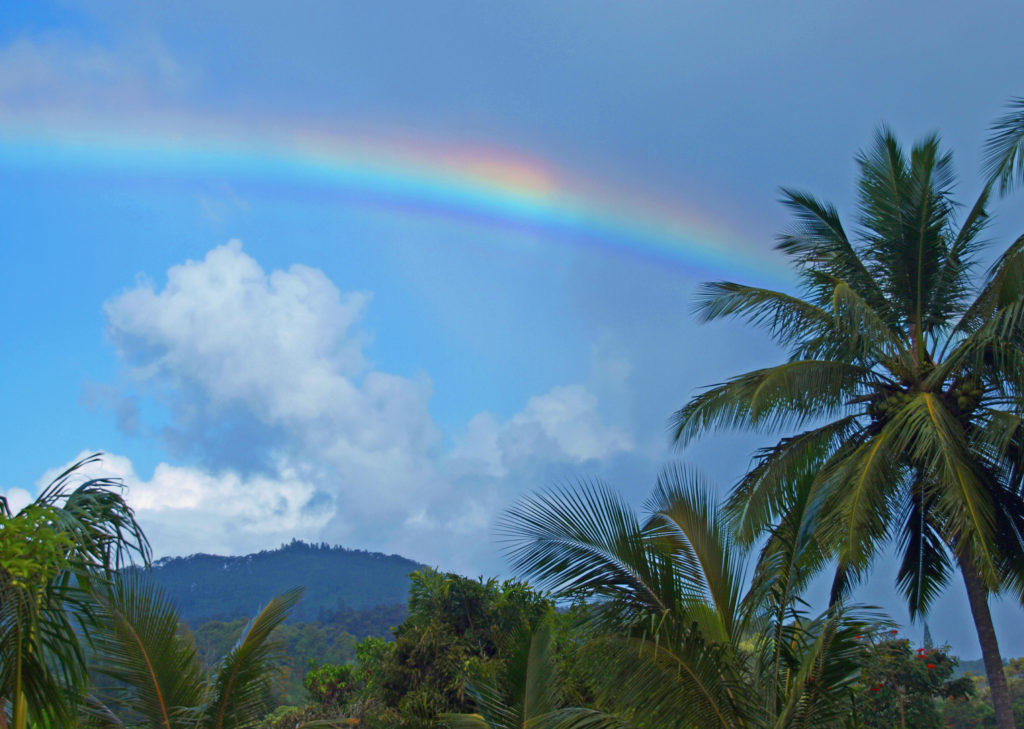
My wife, Joan, and I have made a number of trips to Maui over the years. Although it is not my favorite Hawaiian island (that would be the Big Island), there is so much to do on Maui that we still haven’t seen it all. Our trips were all different. We stayed on different parts of the island, traveled with or visited different members of my wife’s family, took in different sites, and took part in different activities.
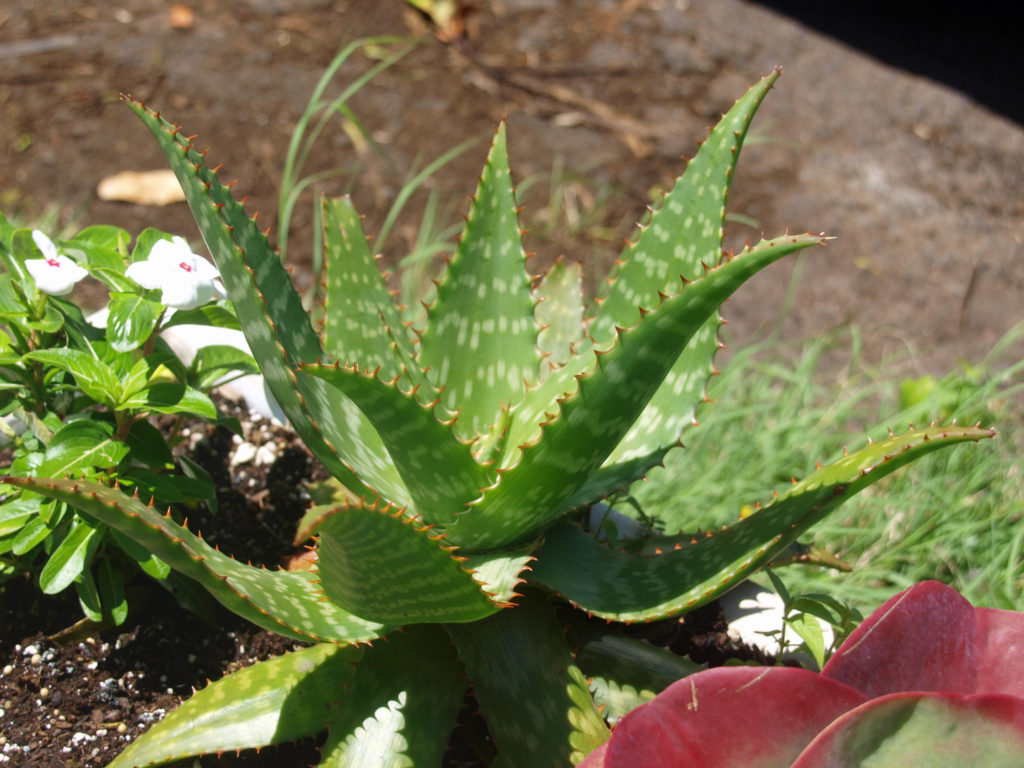
On our first trip, we stayed in Ka’anapali in West Maui, attended a traditional luau in Lahaina, toured the north shore, explored Pa’ia, spent a day lounging on the beach at Kihei, and made an unsuccessful attempt to get to Hana (more on that later).
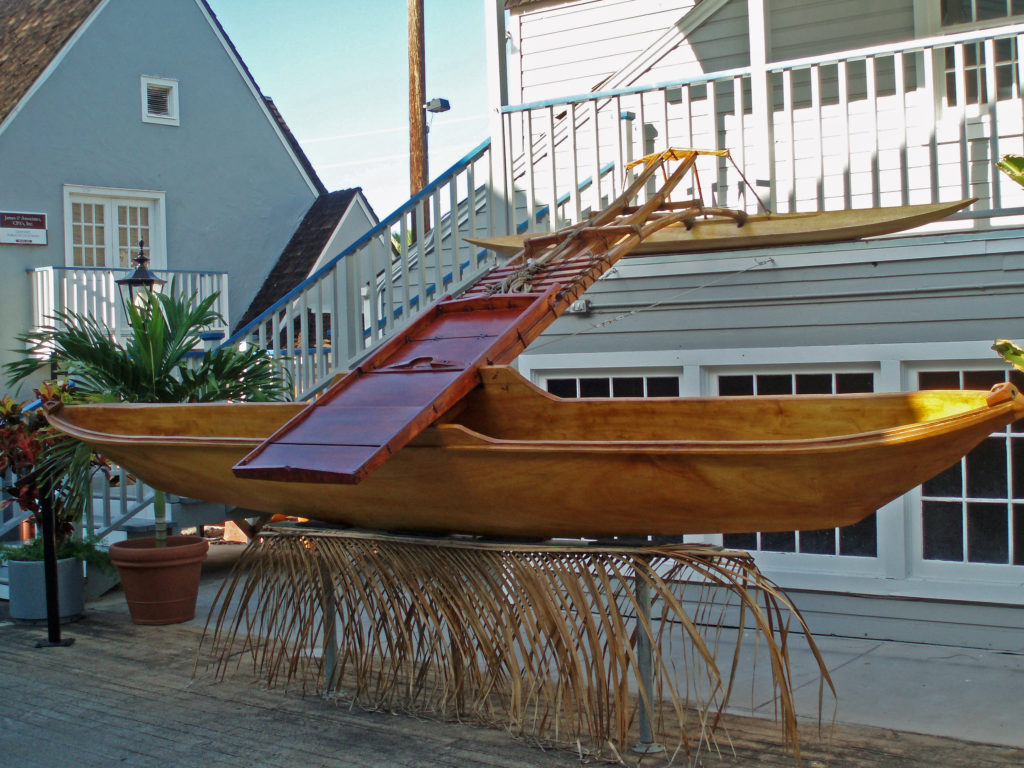
On our second trip, with ten other members of my wife’s family, we stayed in the Upcountry town of Haiku and explored the Upcountry area on the north slope of Haleakala, took a whale watching cruise out of Lahaina, hired a professional photographer to do a family photo shoot on the beach at Kihei, and drove to the top of Haleakala to view the sunrise.
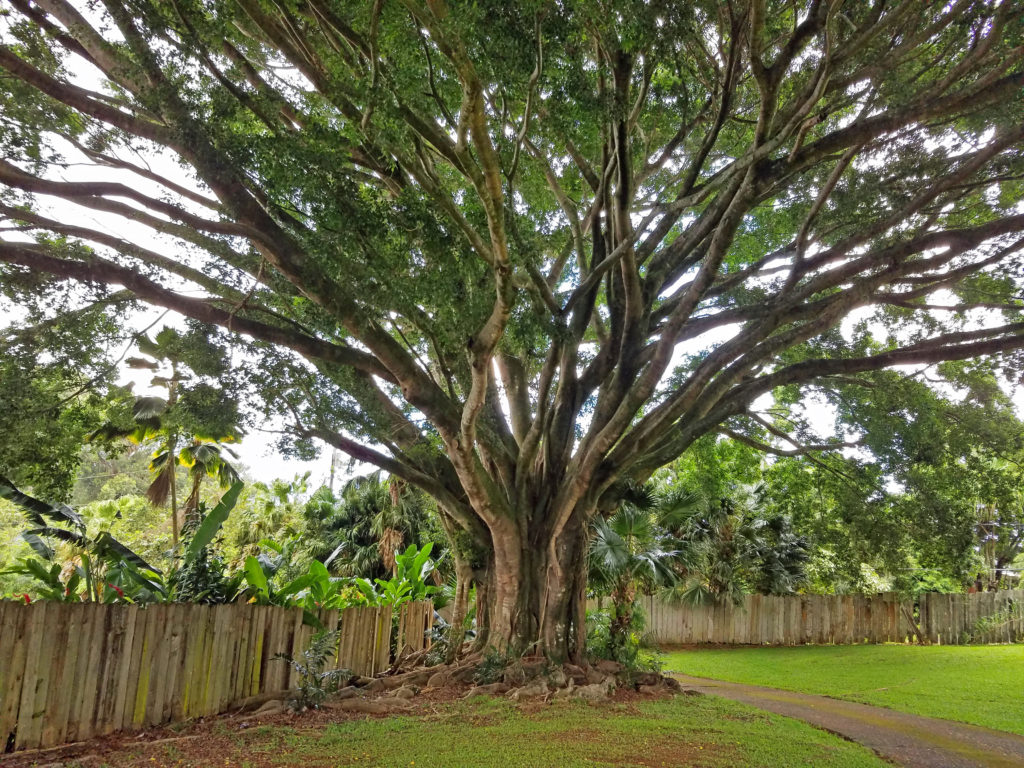
A couple of years ago my wife’s cousin Ruthee and her husband Mikel retired and moved to Kihei, Maui. We visited them in their home in 2019 and again recently. In 2019 we visited the Iao Valley, did some hiking in the Makena area of South Maui, and found a remarkable group of more than 30 green sea turtles sleeping on Ho’okipa Beach near Pa’ia. The four of us then flew to Kona for five days of exploring the Big Island. On our most recent trip we finally made it to Hana, where we stayed for two nights.
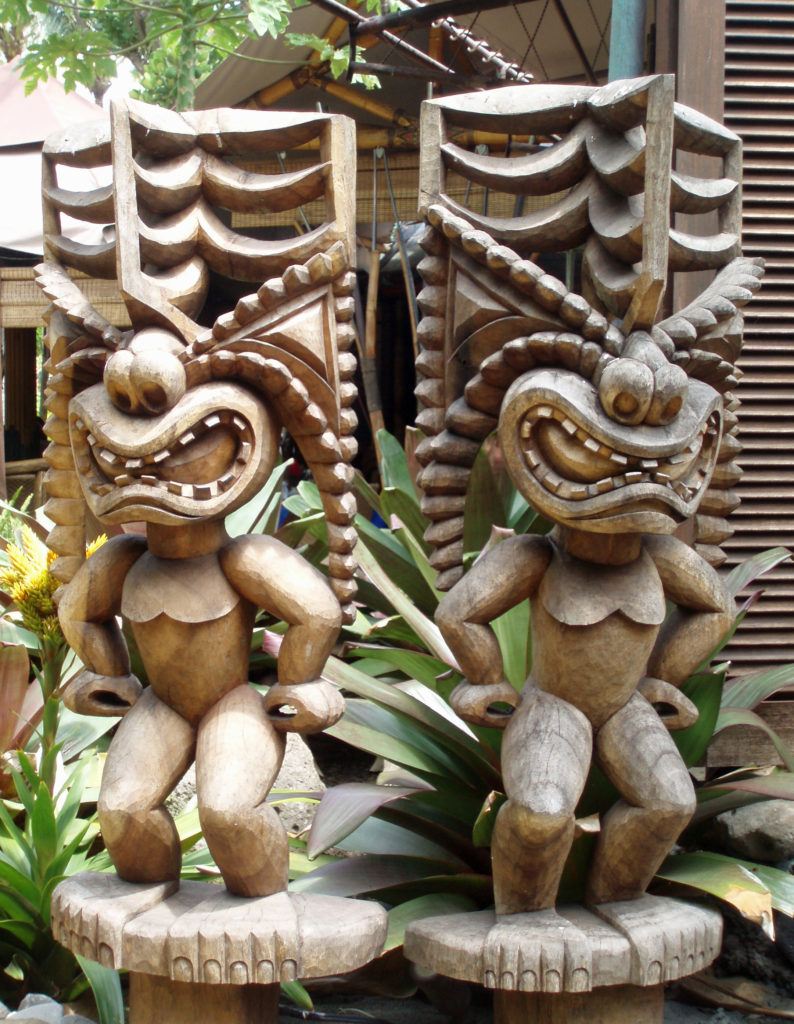
Maui is called the Valley Island. Most of the population lives in the Kahului and Wailuku areas in the valley between Haleakala and the West Maui Mountains, hence the island’s nickname. Most of the tourist activity, though, is centered in the West Maui area around Ka’anapali and Lahaina, and the South Maui area around Kihei and Wailea.
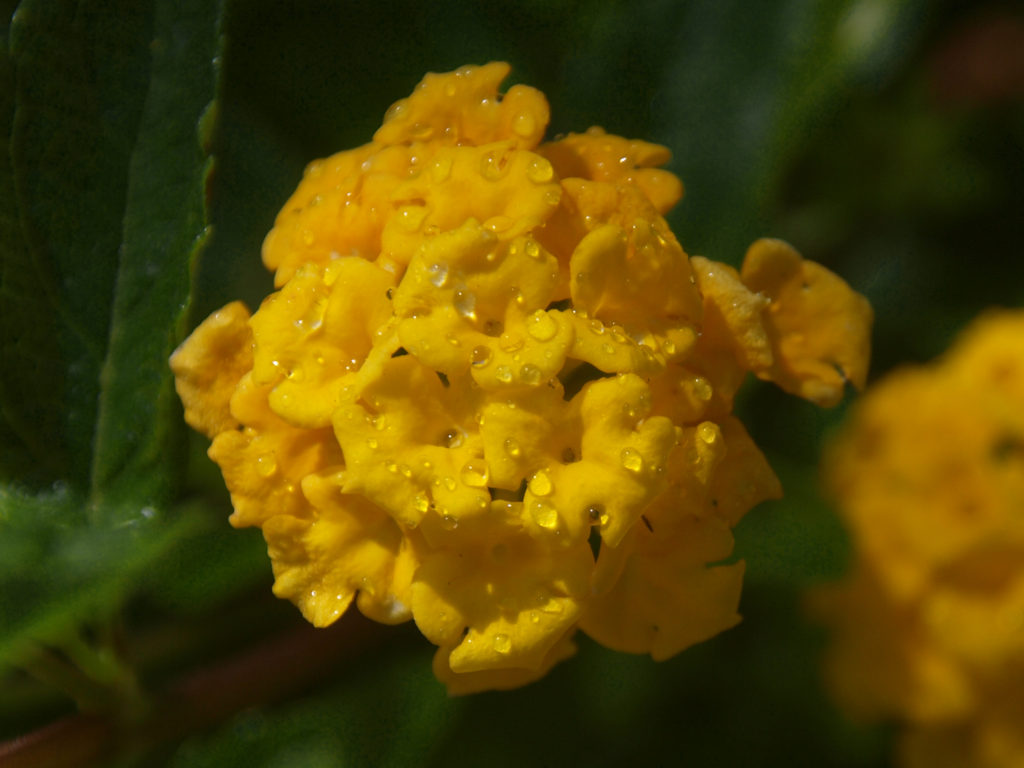

Less populated, less touristy, and more authentically Hawaiian, the North Maui area around Pa’ia and the Upcountry area on the slopes of Haleakala offer a different experience for those who are turned off by the touristy and often overcrowded Ka’anapali and Kihei areas. The same is true for Hana, but for slightly different reasons. But if you just want to lounge on the beach and soak up the sunshine, Kihei and Ka’anapali are perfect.
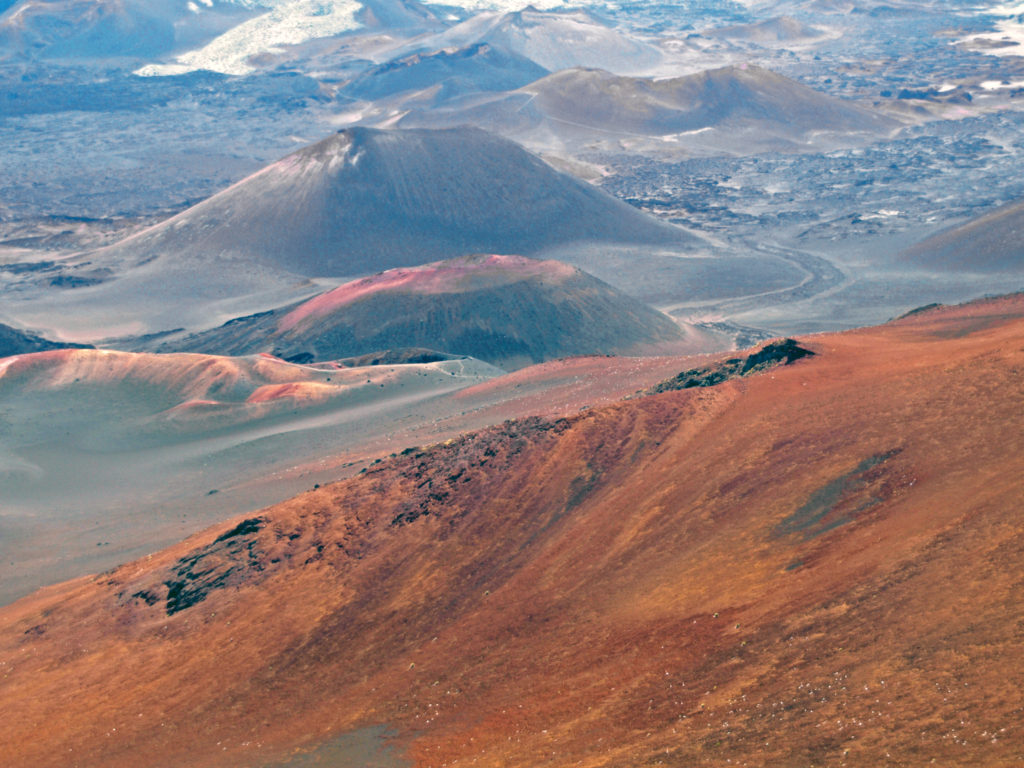
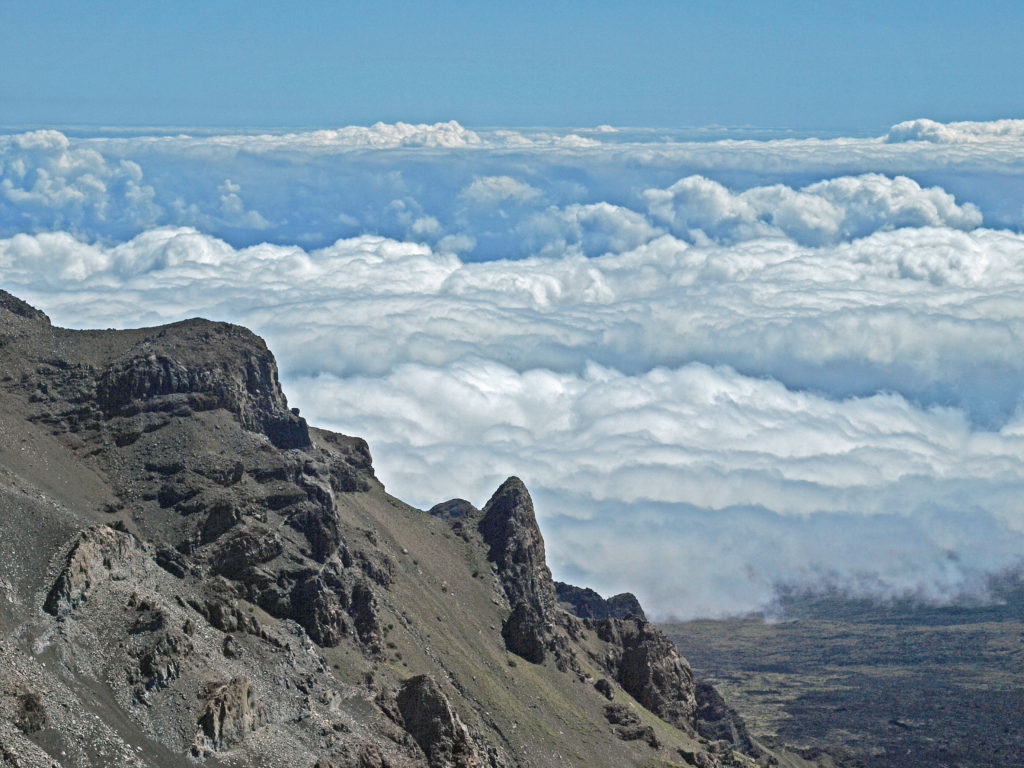
Haleakala is another world. At more than 10,000 feet high, the summit is often cloud hidden, and occasionally snow-capped. The summit crater looks like it was transplanted from Mars. And the sunrises are legendary. On our second trip, half the group (including my wife) got up at 3:00 am in order to catch that sunrise. I was part of the other group that chose to sleep in. We met the first group at the Kula Lodge for breakfast, then drove on up to the summit. Well worth it, even if we missed out on the sunrise experience.
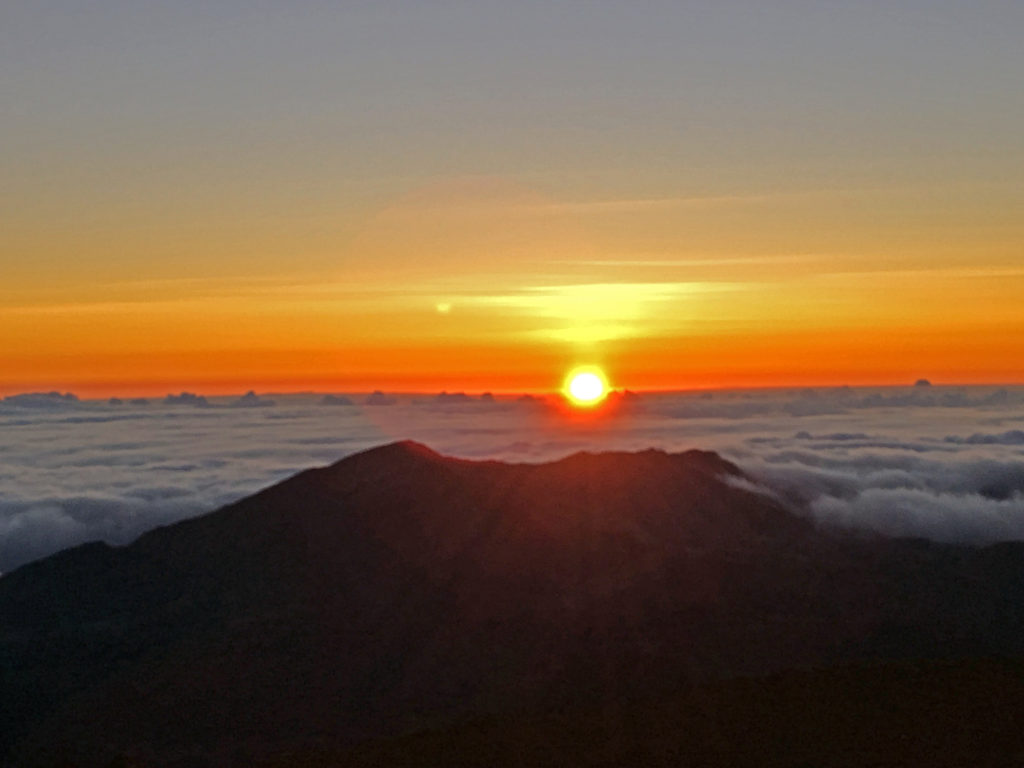

Near Wailuku, Iao Valley State Park is another almost otherworldly experience. There it’s a trip into the tropical jungle, and something of a time trip back into what the Jurassic period must have been like. It wouldn’t have been too surprising to encounter a dinosaur there on our jungle hike. And the Iao Needle is spectacular.
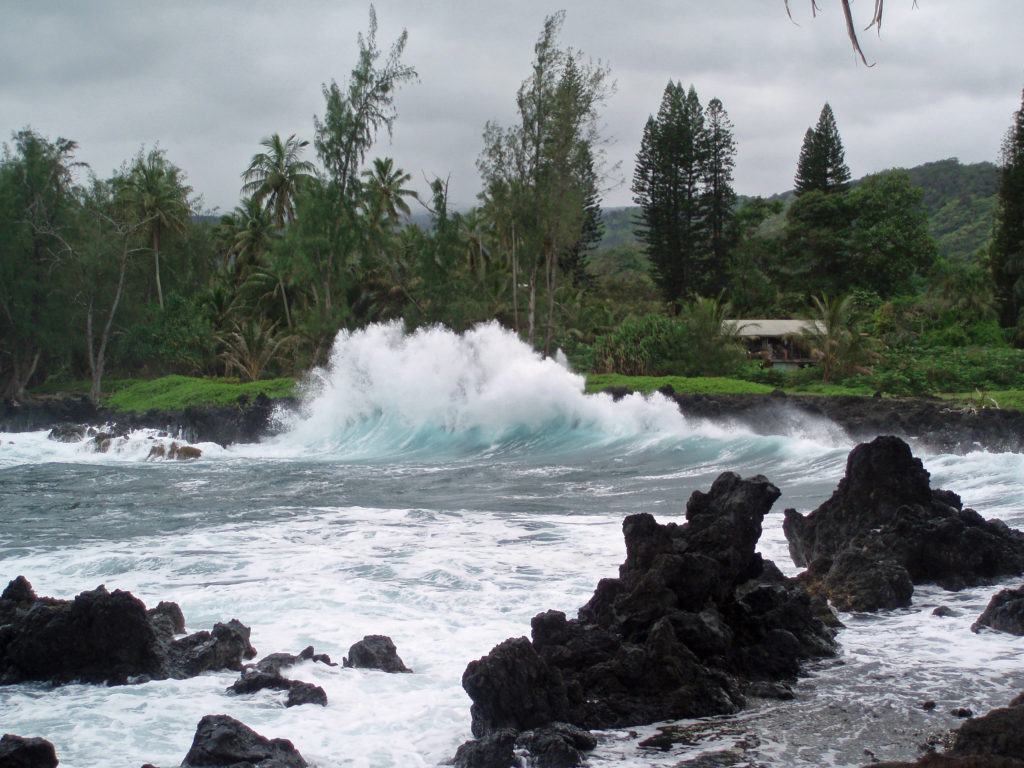
And then there is Hana. Our first attempt to get to Hana was thwarted by a lack of planning and sabotaged by all of the incredibly scenic stops along the way. We made it about halfway on that first attempt before we had to turn around and make our way back to West Maui in time for dinner. Click here to learn more about Hana and our recent visit.
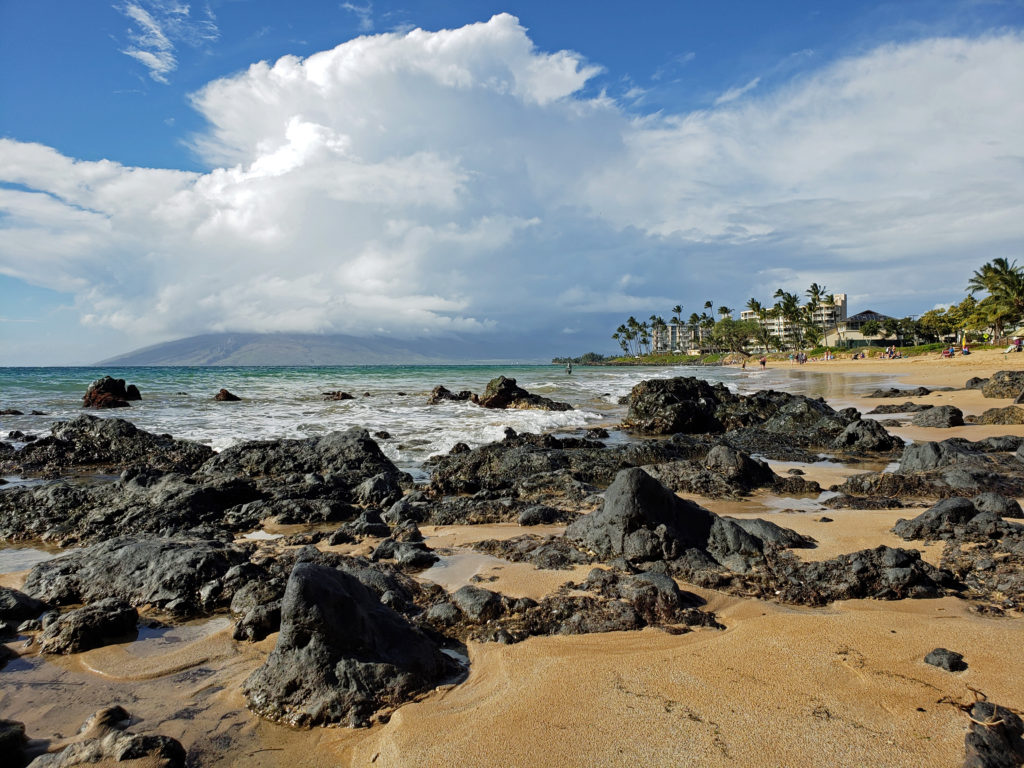
Like most visitors, we spent a lot of time just hanging out on various beaches around the island on all of our trips. With dozens of beaches and more than 30 miles of sandy shoreline, there are plenty of choices. Beach safety should always be a concern, of course. If you’re going to swim, snorkel, windsurf, or kayak, it’s a good idea to check the HI Ocean Safety website for safety tips and links to current advisories before heading to the beach of your choice.
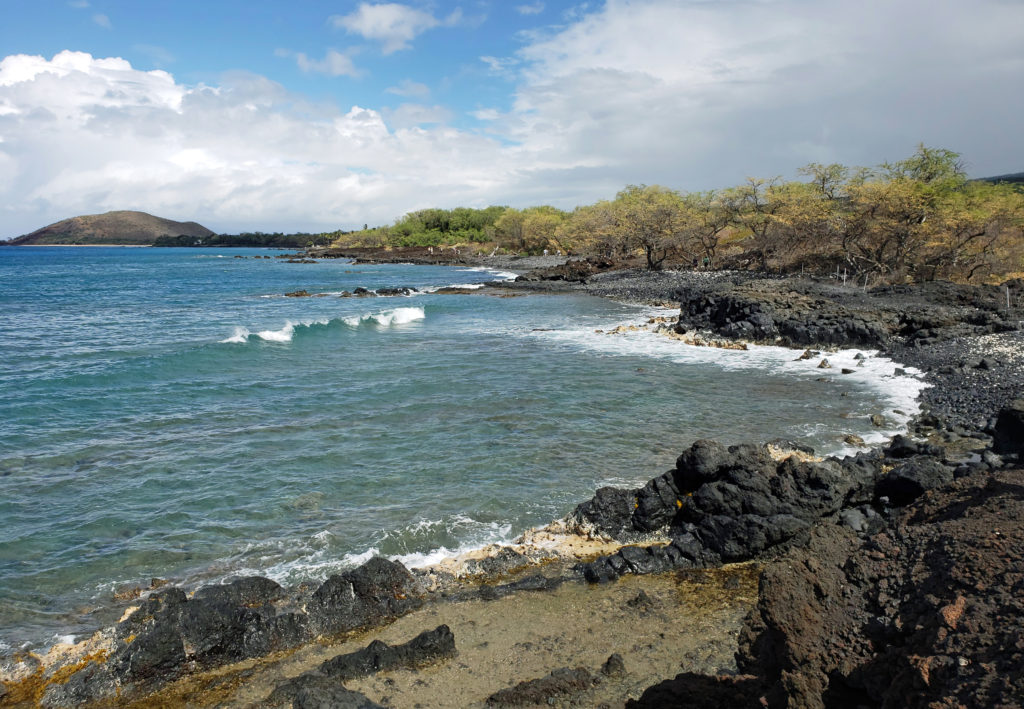
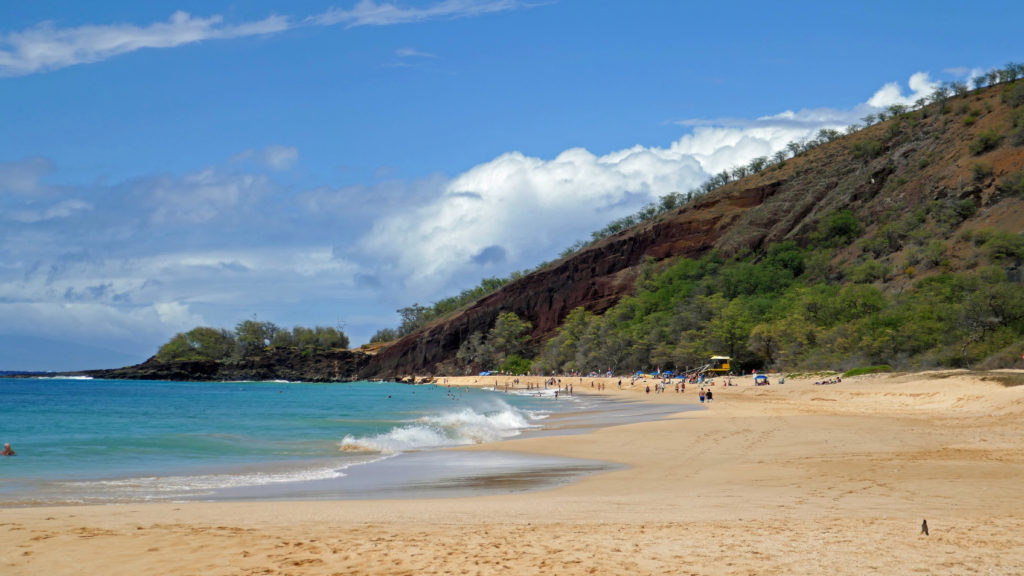
Makena Beach, also known as Big Beach, is a good choice in the South Maui area. With more than a half mile of sand, there’s plenty of room for everyone to spread out. To the north of Big Beach, over a small headland, is the more secluded Little Beach. Be forewarned, though, that Little Beach is clothing optional. And Kihei offers numerous beaches and parks, most with lifeguards, along six miles of shoreline.
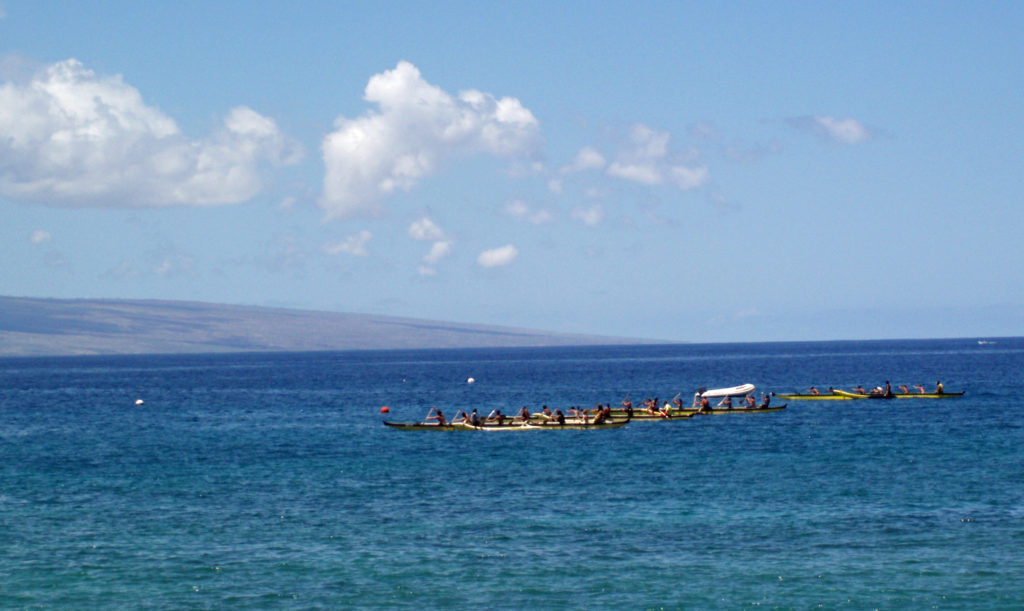
In West Maui, Ka’anapali Beach is one of the best swimming beaches on the island, and features a daily cliff diving ceremony at sunset. But five hotels and six condominium complexes face the beach, so it’s often very crowded. There are also several nice beaches in the Kapalua area to the north, and in Lahaina to the south of Ka’anapali.
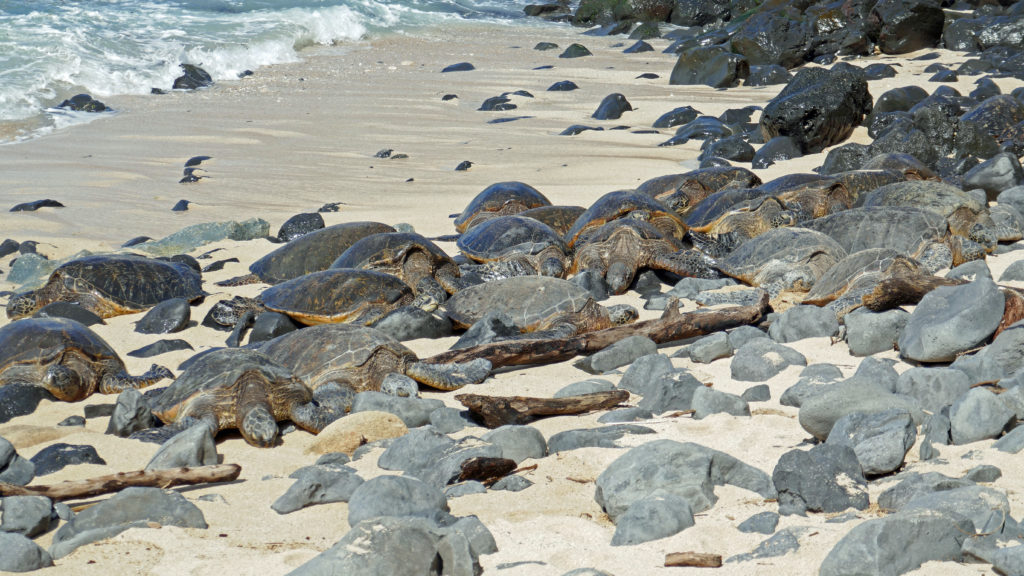
The North Shore beaches, such as Ho’okipa Beach and Kanaha Beach, offer some of the best kiteboarding and windsurfing in the Islands, and there are protected areas at both ends of Baldwin Beach, making it one of the best swimming beaches on the island. One of the nicest beaches, though small, is at Mama’s Fish House, which happens to serve some of the best seafood in the Islands. It’s expensive, but worth the indulgence. Going at lunchtime is at least slightly less expensive, and when we were there the lunch menu was the same as the dinner menu. Reservations are an absolute must and need to be made at least six months in advance.
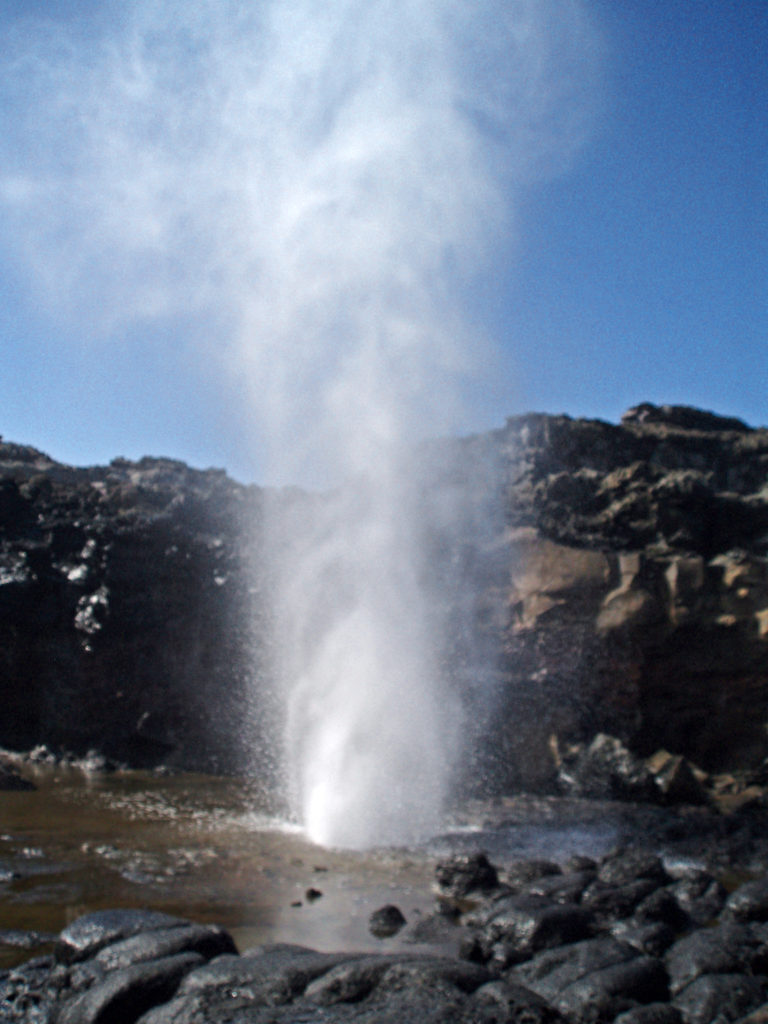
On the northwest corner of the island, north of Kapalua, Nakelele Blowhole is a spectacular sight. Not only is it one of the biggest blowholes that I’ve ever seen, shooting water a hundred feet into the air, but you can walk right up to it in relative safety (though maybe not the smartest thing to do). Whether or not it is spouting, and how high, depends on the tide and probably wave height and direction, so it might not be the best idea to go there solely to see the blowhole. But the shoreline along that portion of the island is spectacular, and it’s only a short drive from Kapalua, so well worth the trip if you’re on that part of the island. And if you catch it at its best, it’s truly memorable.
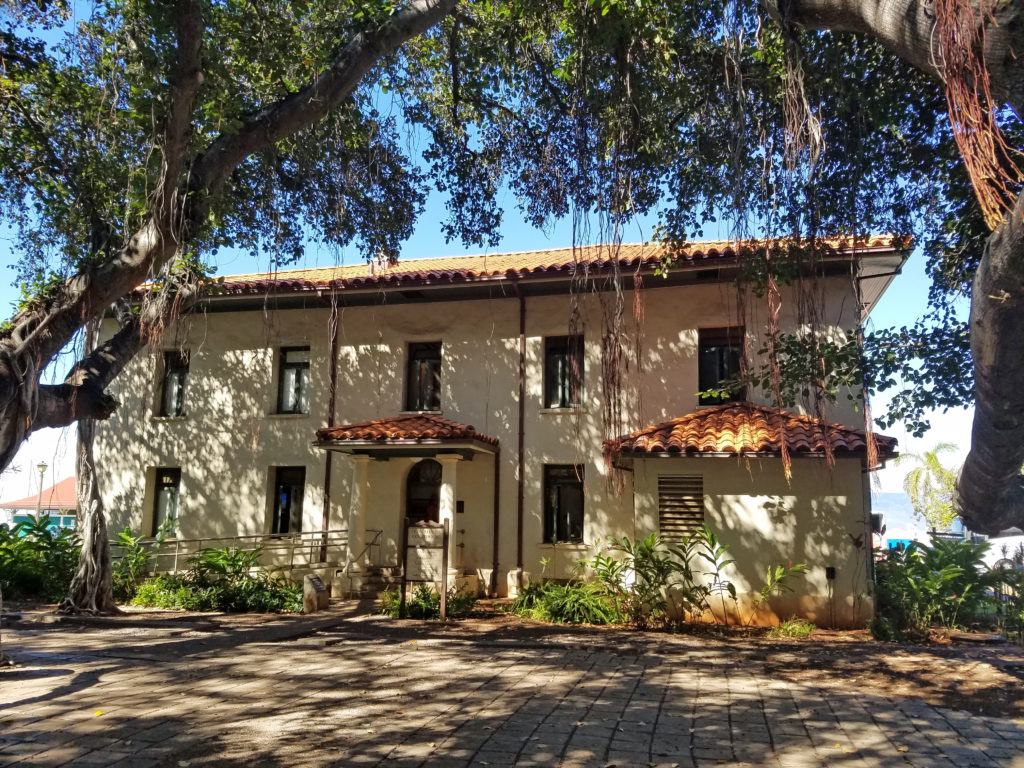
There is way more to Maui than what I’ve covered here, of course. If you’re a golfer, there are courses from championship level resort courses, such as the Plantation Course at Kapalua that annually hosts the PGA Tournament of Champions, to more affordable public courses such as Maui Nui, Pukulani, and Waiehu. Horseback riding is a popular activity, and there are many hiking trails around the island. There are ziplines. You can descend below the waves in a submarine. Or snorkel in the submerged crater of an extinct volcano at Molokini. You can coast down the slopes of Haleakala on a mountain bike. And I’ve barely mentioned the cultural and dining experiences available. There’s almost no reason not to go.
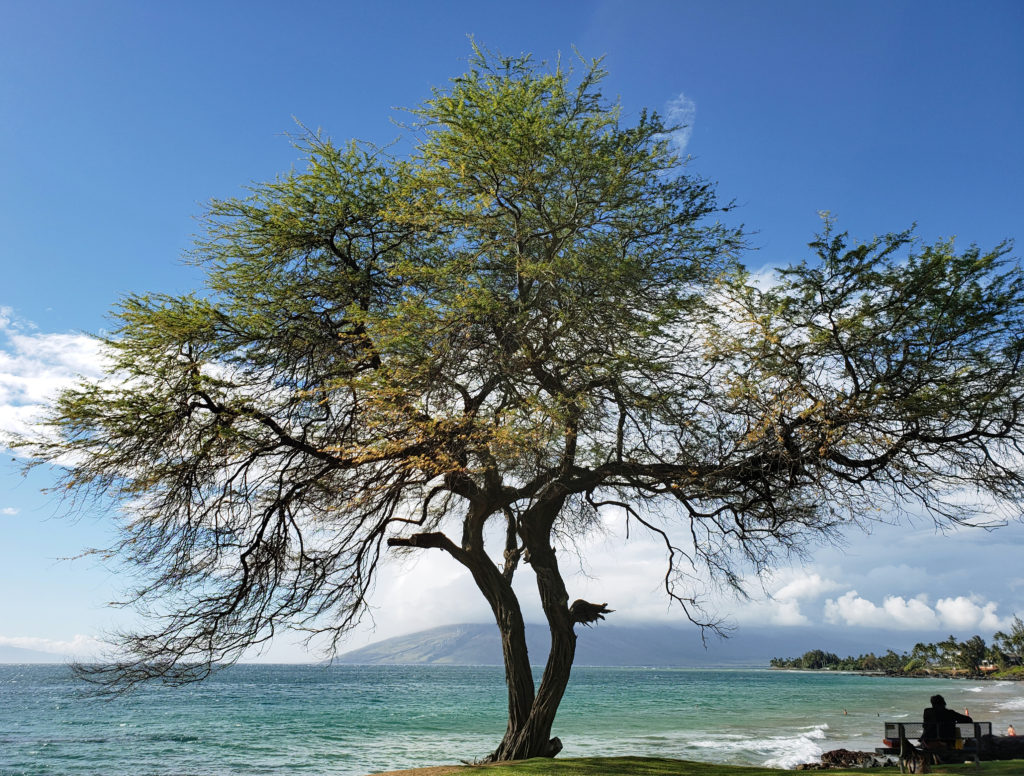
Check the Go Hawaii/Maui website for more information on Maui dining, accommodations, activities, and more.
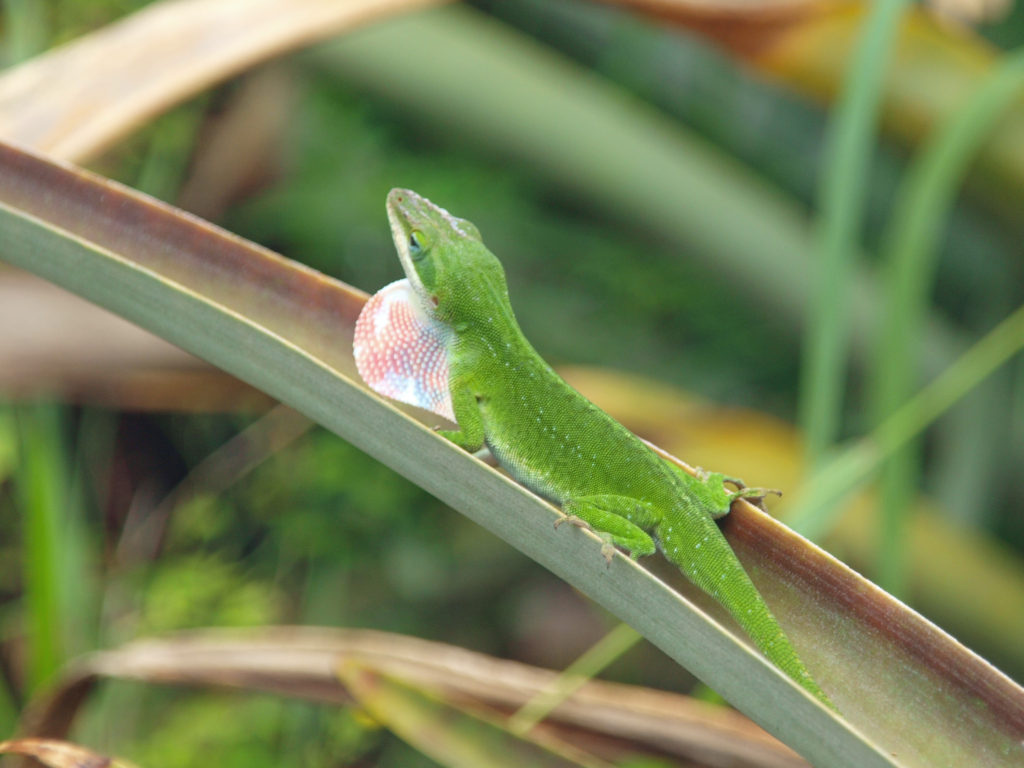
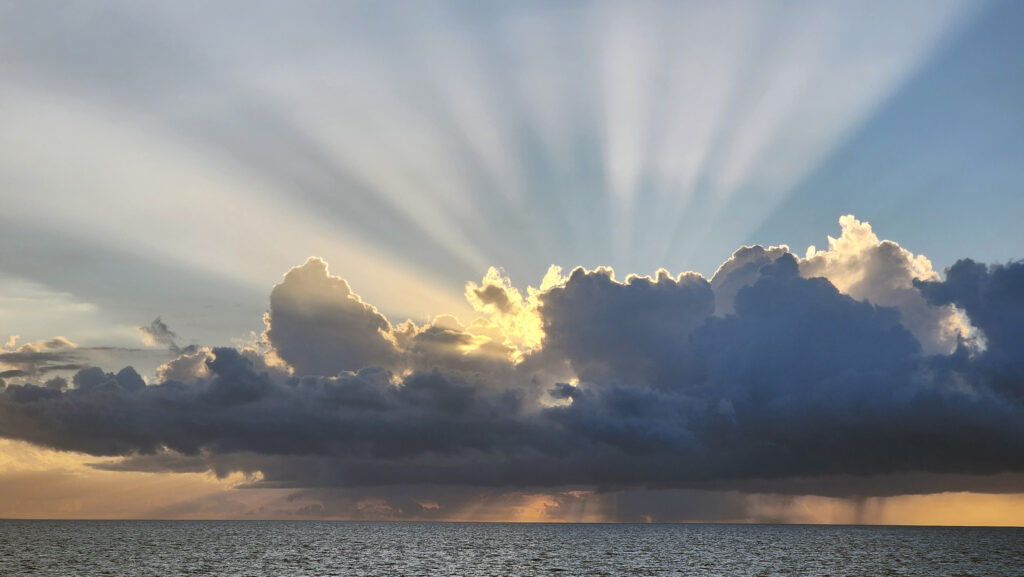
Originally posted as Something For Everyone on Maui on October 22, 2019. Updated and re-posted on March 3, 2023.
All photos © Alan K. Lee, except as noted.

